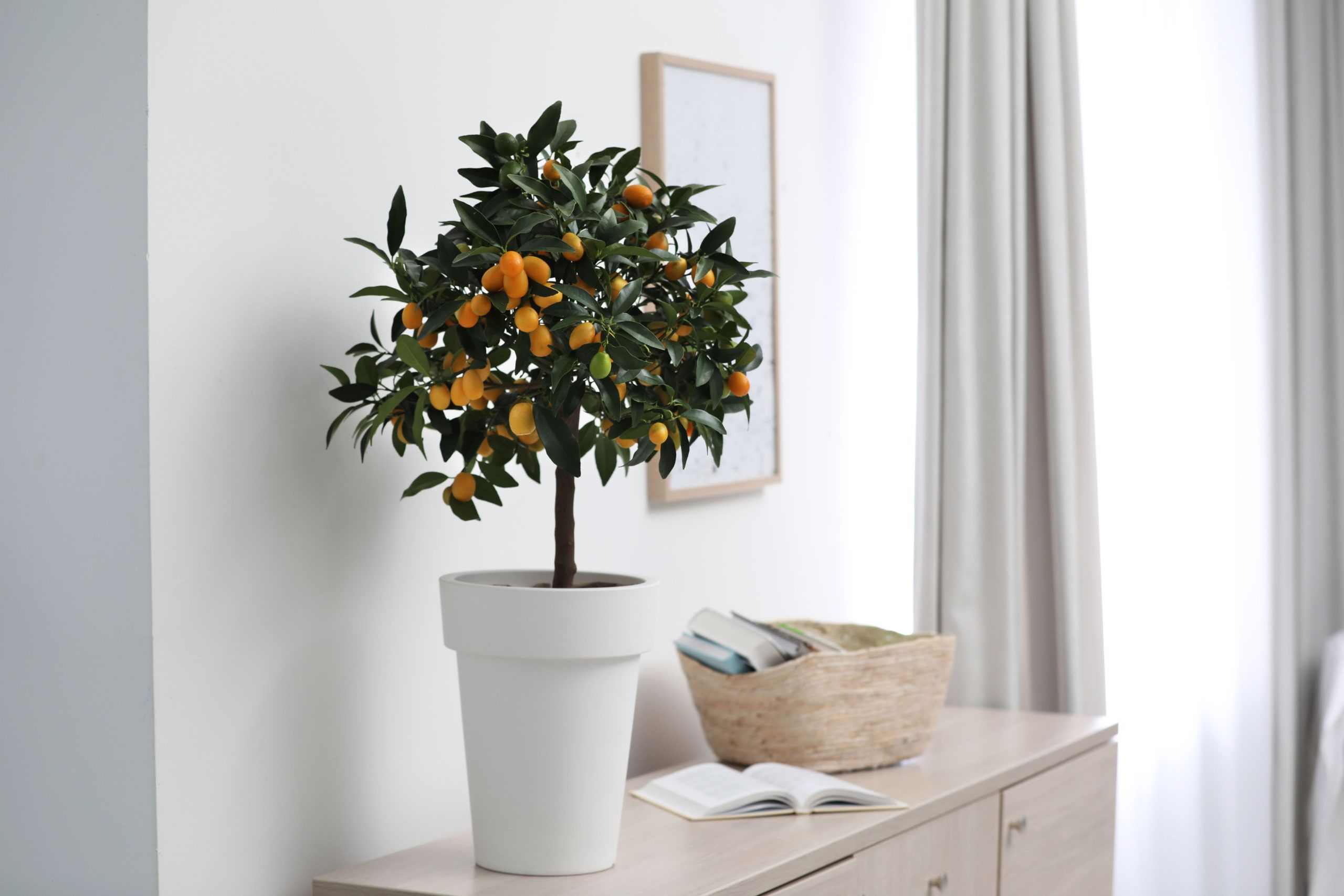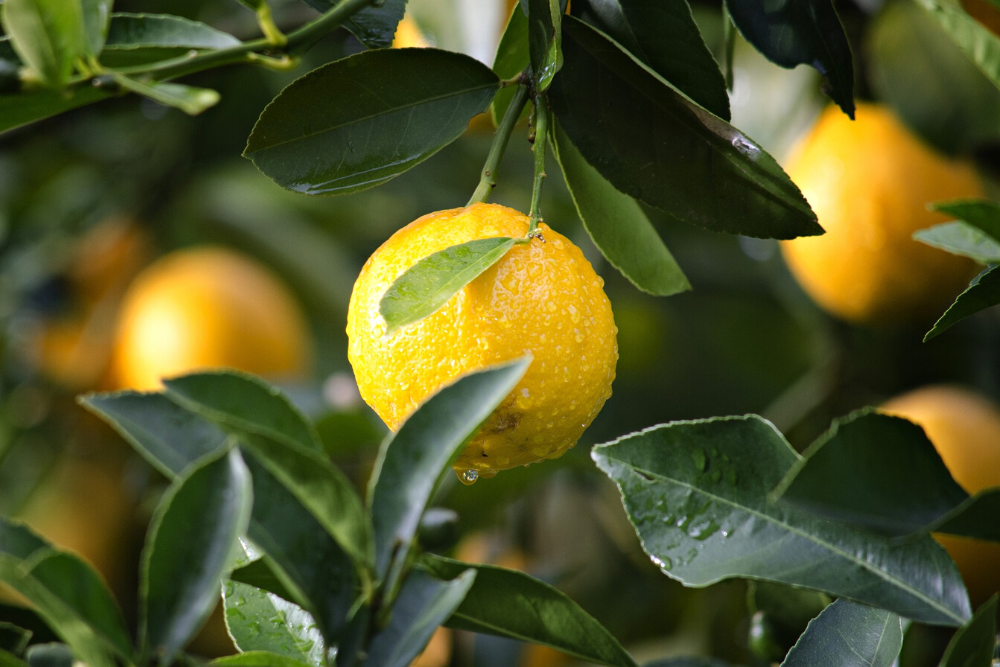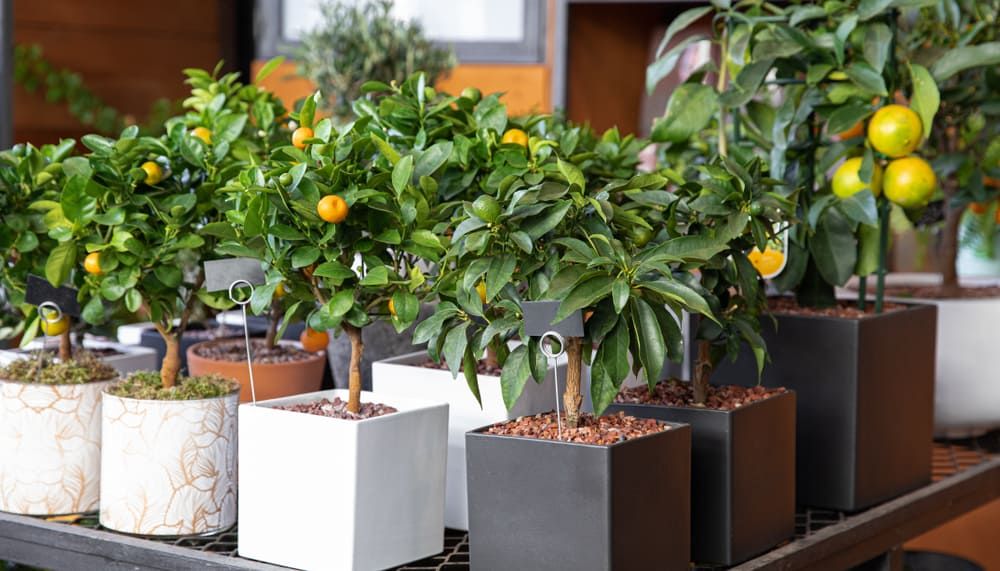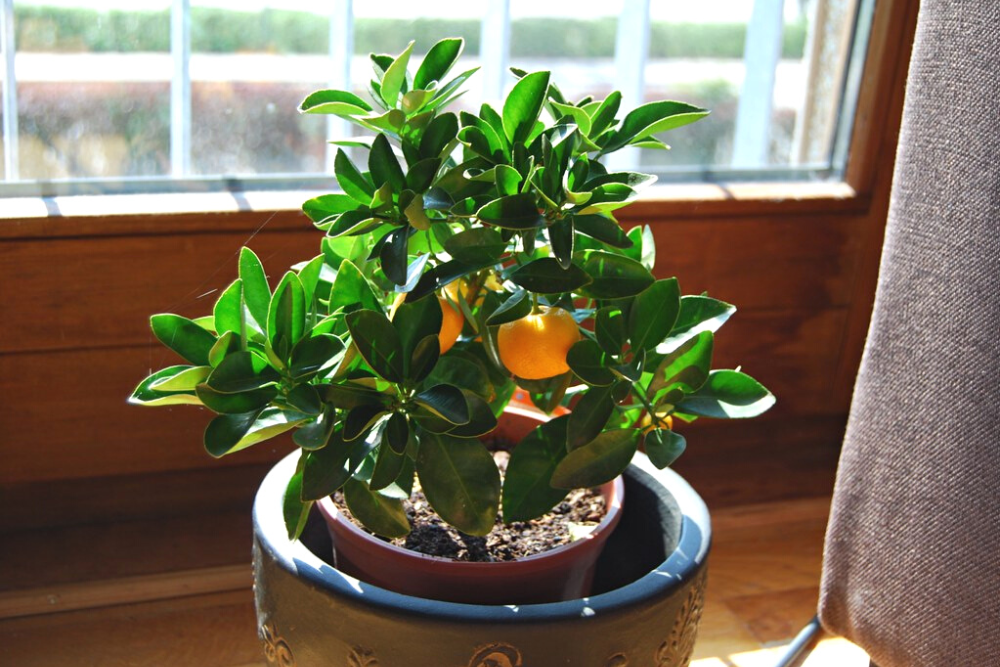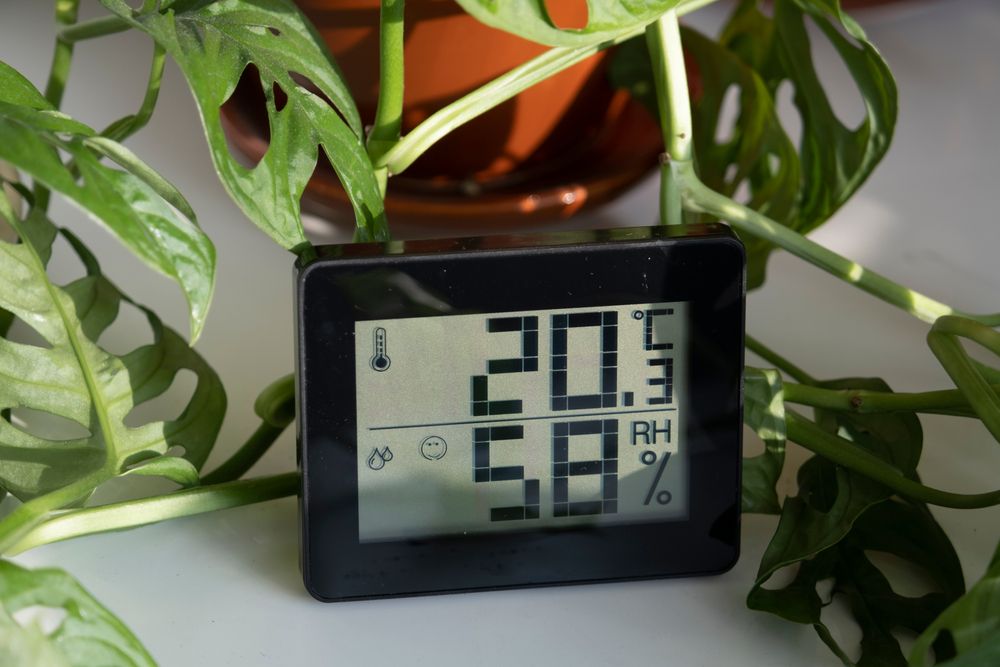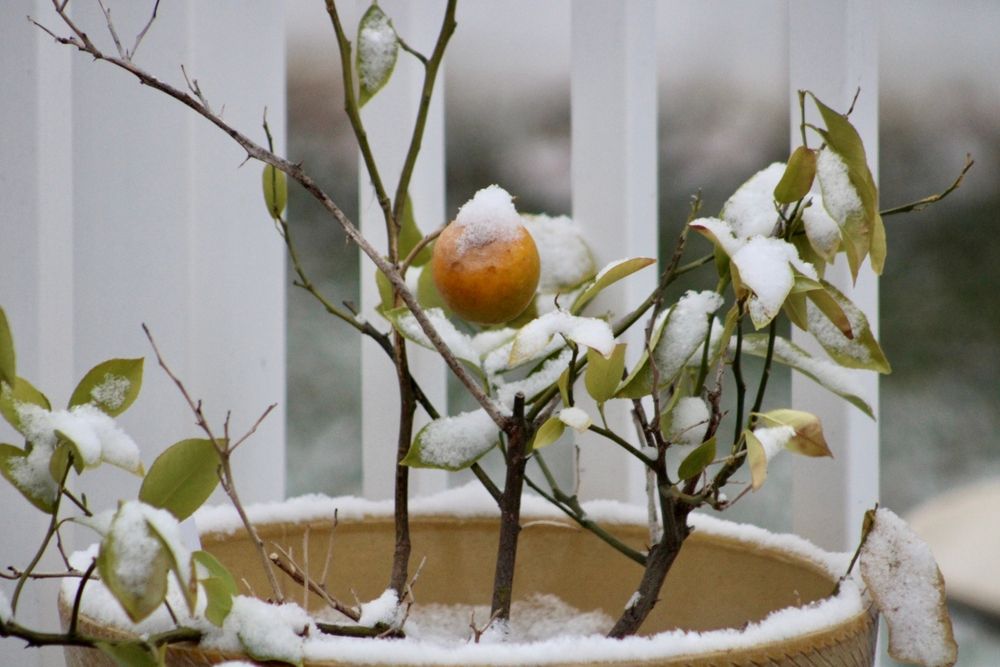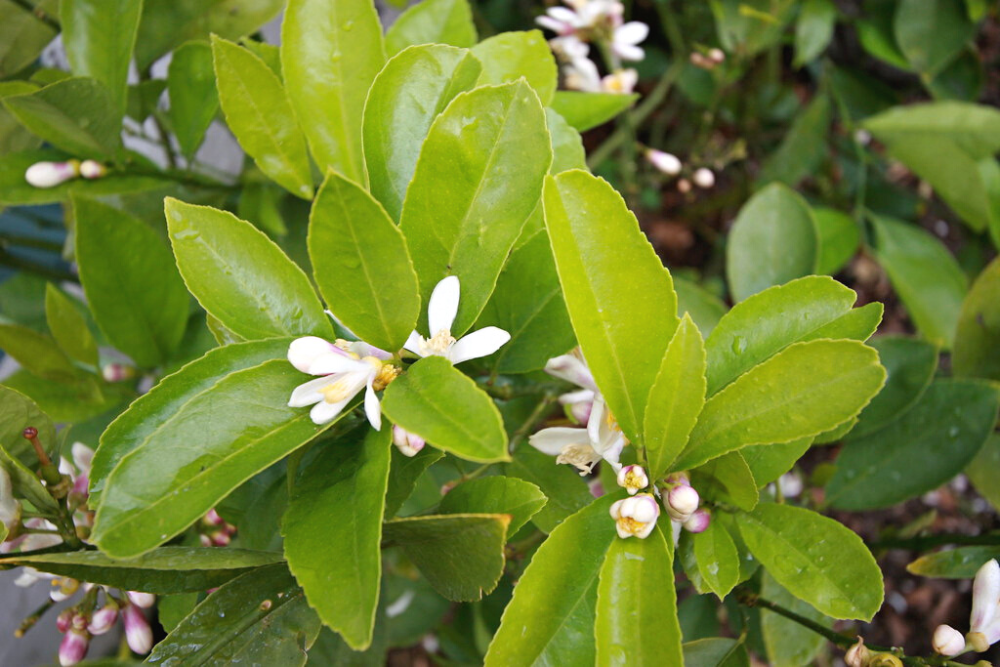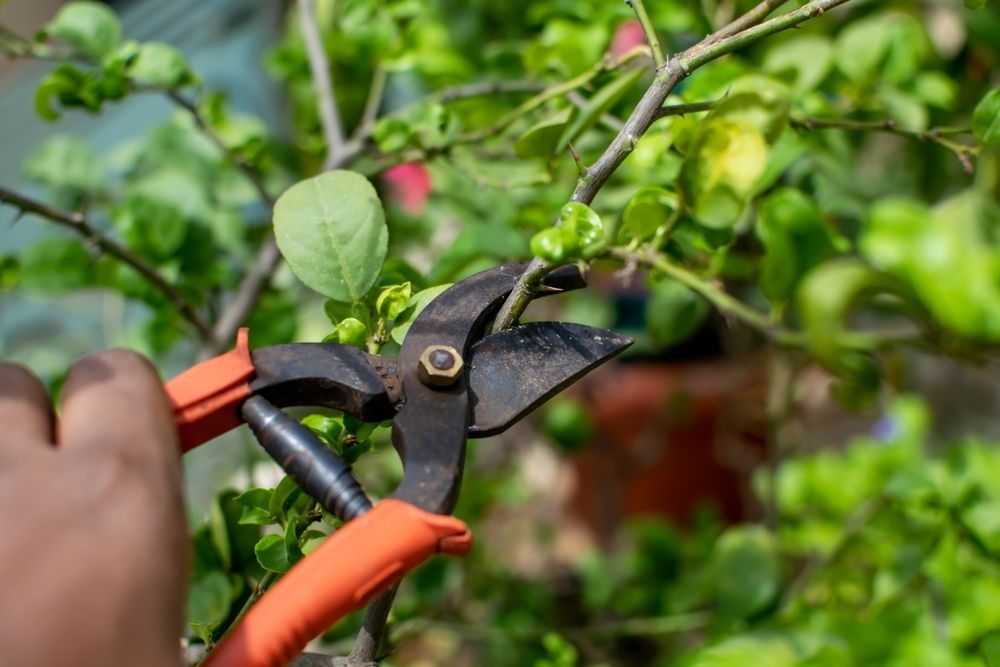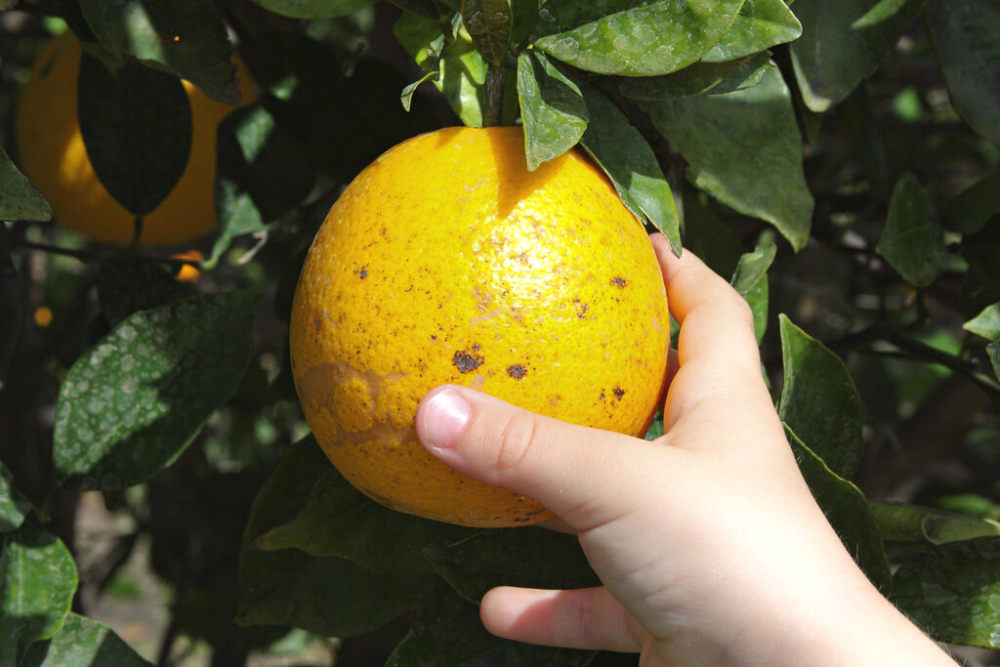Growing citrus trees in pots make it possible for gardeners in any zone to enjoy these tropical or subtropical plants. They are sometimes referred to as the princesses or divas of the botanical world. Attractive and aromatic, they can be demanding, specifically when it comes to getting them to bear fruit.
Still, you will find all the extra effort is worth it, especially when you can literally enjoy the fruits of your labor. Use the following tips for greater success when growing these vitamin-C powerhouses in pots.
Choose the Best Citrus Tree Varieties
Image credit: Pexels via Pixabay
If you live in a region with winter, you will need to bring your potted citrus trees indoors when temperatures dip. So, whatever variety of these fruit trees you choose will need to do well indoors. Typically, these are more acidic than sweet.
Dwarf or small varieties of citrus grow well indoors and can be easily transferred outside for summer and back inside for winter. Kumquats and the lemon varieties 'Improved Meyer' and Ponderosa grow well in pots. 'Improved Meyer' is a virus-free cultivar of the original Chinese Meyer lemon.
Calamondin orange — sour and great for marmalade — is one of the easiest and most popular to grow indoors. Other citrus plants to consider are tangerines and Otaheite orange, a lemon and tangerine hybrid.
Select the Right Container
Image credits: Victoria Kurylo via Shutterstock
Any pot you choose must have several holes to allow good drainage, which is essential to keeping your fruit trees healthy. If you are repotting the plant, choose a pot that is at least one size bigger than its current pot. For a young tree, a pot 15 inches wide and deep is an ideal size.
Fabric containers are becoming increasingly popular for growing fruit and vegetable plants. They are touted for improving aeration and drainage. If you have to move your plant indoors for winter, the fabric pot will need a saucer (as will any pot you choose).
Pro tip: Place heavier pots, like ceramic or whisky barrels, on garden caddies or wagons to make it easier to move them inside.
Meet Soil Requirements
Image credits: Teona Swift via Pexels
While citrus trees prefer more acidic soil, they will still thrive in well-drained potting soil. A cactus mix is also a good choice. You can also lower the pH of the soil by adding ingredients like peat or compost.
A citrus tree likes the top 1 ½ to 2 inches of its soil to dry out between waterings. Overwatering, which is common with potted plants, washes away nutrients and puts roots at risk of rotting.
Citrus plants love nitrogen. From about April to September — the active growing period — give them a half-feeding of an acid or citrus fertilizer. Younger plants need about 1 tablespoon monthly, and older plants can have a double dose.
Find the Right Location
Image credit: arj03 via Openverse
Citrus trees crave lots of sunlight and warmth. They are very vulnerable to dying in their first two years, and cold temperatures are usually the culprit. While they vary in cold hardiness, it's best to play it safe. During this early stage, ensure that small trees aren’t exposed to temperatures less than 28 degrees Fahrenheit.
Place your citrus trees in a sunny, warm location, such as a southwest corner of your garden. An area near a reflective surface, such as a pool or driveway, will also suit.
Indoors, find the sunniest spot for the plant. If you don’t have a glass door or window that faces south, the next best options are those that face east or west. They will need good lighting in winter as well because they do not go dormant in this season like other plants.
The ideal temperature for a citrus plant is 65 degrees Fahrenheit during the day, with a drop of just 5 to 10 degrees at night.
Meet Humidity Levels
Image credits: D.L.Sakharova via Shuterstock
Although these evergreen trees are drought-tolerant, they like high humidity. Unless you live in a very dry region — such as Arizona or Nevada — your outdoor potted citrus plant will get the humidity it needs. Indoors, however, can be challenging, especially in winter.
Citrus plants thrive at humidity levels of 50 percent or more. Use a humidity meter to check the air. If the indoor air is too dry, place a humidifier or tray with water nearby to boost the humidity around the plant.
Practice Pest Control
Image credit: Squirrel_photos via Pixabay
Citrus trees are most vulnerable to aphids, mealybugs, scale, spider mites, and whitefly. You have several options to protect your trees. Wash the leaves occasionally or spray them — including the undersides — with insecticidal soap. Or apply a solution of neem oil and water to the entire plant.
If your plant is infested, it might need multiple treatments with your insecticide of choice before the infestation is under control. Continue to watch for signs of pests or diseases such as yellowing, browning, deformed leaves, leaf drop, and mottling.
Hardening Off and Overwintering
Image credits: Jaclyn Vernace via Shutterstock
If you live in zones 8 to 11, you can grow these evergreen plants outdoors year-round. In other regions with winter, you can grow them as houseplants that you can harden off and move outdoors in summer.
Once temperatures are consistently above 50 degrees Fahrenheit for a few days, place the plant outdoors in a shaded area. If they continue to look healthy after several days, you can expose them to lots of direct sunlight.
To prepare them for overwintering as fall approaches, move them back into a shady area for about seven days. Then tuck them away indoors well before the first frost.
Help Citrus Trees to Fruit
Image credit: y Living in Monrovia via Openverse
Citrus plants are self-pollinating, so just one is enough to bear fruit. Outdoors, pollinators will transfer pollen from one flower to another for you. But indoors, they might need some help.
Gently shake the flowers to release the pollen. Or use a clean, dry eyeshadow brush or cotton ear swab to gently dab pollen from one flower to another.
Pruning Citrus Trees
Image credits: Goodly Pixels via Shutterstock
Citrus trees growing in pots are primarily pruned for shape and size, not to boost production. Pruning can also help to open up the tree to receive more light. The best time to prune citrus is just before the blooming period or right after flowers have transformed into fruit.
Young trees need very little pruning. However, remove any rapidly growing shoots — or water sprouts — that make the tree look messy. They often have large thorns and big leaves and appear on branches and trunks above the graft union.
Immediately prune suckers — any growth or stems beneath the bud or graft union. Once the tree approaches fruiting age, keep pruning to maintain its appearance and size.
Pro tip: You can recognize the graft union as a slight bump or bulge in the trunk near the base of the tree, about 2 to 3 inches above the soil.
Harvesting Citrus Fruits
Image credit: Sam Howzit via Openverse
Depending on the species, variety, and where you live, citrus trees bloom fragrant white flowers in spring only, or from spring to fall. Accordingly, they fruit at different times of the year. Some, like calamondin oranges, can fruit all year long.
Many citrus plants take between three and five years to bear fruit. The best way to know if their bounty is ready is to taste them. You don’t need any special equipment for harvesting. Just pull, twist, and snap them off the branch.
All Primed for Potted Citrus Trees
Hopefully, the tips here will convince you that growing citrus trees in pots is well worth it. If you start with a healthy plant best suited for container gardening, and you are happy to move it back and forth as the seasons change, you’re already on the path to success.
Feel free to share your thoughts about the tips here or add your own in the comments below.

